From the November 2021 issue of Apollo. Preview and subscribe here.
Photography began as architectural photography. In the earliest days of the art, long exposure times meant that water smoothed into poured concrete, trees became smoky and skies turned featureless. Humans rarely lingered long enough in the frame to register – the first person captured on film, by Louis Daguerre himself in c. 1838, is standing still to have his shoe shined, and even he has the indistinct outline of a phantom. But buildings stayed put. View from a Window at Le Gras, made by Joseph Nicéphore Niépce in around 1827 and believed to be the earliest surviving photograph, is of towers and rooftops.
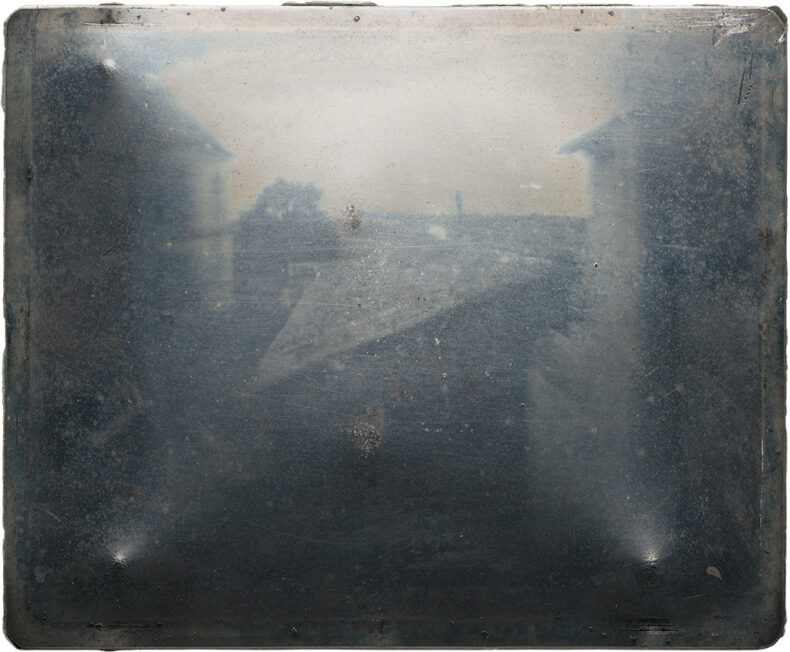
View from a Window at Gras (c. 1827), Joseph Nicéphore Niépce. Wikimedia Commons
This history might help explain why architectural photography continues to have an ambiguous relationship with the human figure. We’ll come back to that. What’s possibly more surprising is its ambiguous relationship with architecture itself. Architectural photography shook off a servile attitude to its subjects and started to exert itself as a distinct art at about the time (not coincidentally) that the development of the halftone process made the reproduction of photographs in books and periodicals more practical. When modernist architecture appeared, the trademark view of its enthusiasts was the Dutch angle, the narrow frame, the from-beneath or below, as if the orthogonality of the subject made the tripod redundant.
Architectural photography seemed to picked up a more assertive spirit from the muscular engineering that was increasingly its interest. In 1919 Emil Otto Hoppé photographed the towers of Manhattan through the suspension cables of Brooklyn Bridge, so that neither towers nor bridge were really distinct, and the view is dominated by the diagonal grid of intersecting black lines. Everything else is in motion. László Moholy-Nagy photographed the Berlin Radio Tower from its upper level, looking straight down, turning it into a vast orbital megastructure viewed from a docking spacecraft. In 1929 Alexander Rodchenko photographed the Shukhov radio tower from beneath, making it a mandala of pure geometry.
‘I’ve always tried to get to the essence of a space, partly as a reaction to the feeling in the architectural profession that photography should do more – wider angles, more colour, more technique, and these days, Photoshop,’ says Hélène Binet, one of the greatest living architectural photographers, in an interview that accompanies ‘Light Lines’, a retrospective of her career at the Royal Academy (23 October–23 January 2022). ‘Given the impossibility of representing architecture itself, the tendency can be to overdo it, whereas my strategy is to withdraw.’
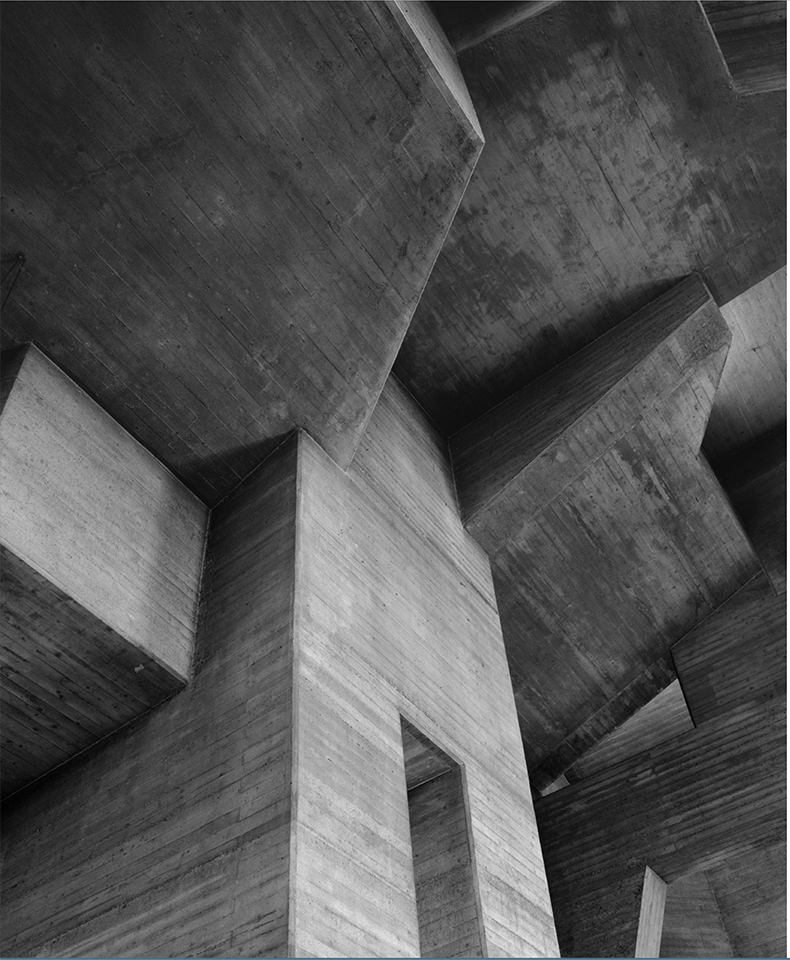
Gottfried Böhm, Church of the Resurrection of Christ, Cologne, Germany (2020), Hélène Binet. Courtesy ammann // projects. © Hélène Binet
The feeling that Binet alludes to extends beyond the architectural profession. Formalism cost Rodchenko dear when the glaciers of socialist realism rolled in. And the same censorious attitude remains busy today. Why can’t architectural photography simply represent its subject? Why can’t it settle down and simply show us what a building looks like? It was something we would hear quite often working on architecture magazines, that we were prioritising photographs that looked good as photographs over photographs that were a dutiful document of buildings. This, it was sometimes argued, was a corrupting influence on architecture itself, as if the photographer’s eye for artful abstraction was making buildings themselves more abstract.
These are questions that have become more pressing now that so many people are architectural photographers, even if they don’t know it. The space around us is increasingly consumed through a lens, and this affects the eye. Even if we are not holding up our phone and capturing a striking building for Instagram, with or without ourselves in the foreground, we may be judging our surroundings by their suitability for that purpose. That suitability as backdrop may be bleeding into the way buildings are designed – it is certainly influencing the design of installations – but it’s worth noting that people are abundant in this popular photography, while they remain elusive in architectural photography. This is sometimes held up as evidence of some kind of flaw in the art, or in the architecture itself – that people would somehow spoil the effect, or give the game away.
Certainly people seldom appear in Binet’s work. Asked by exhibition curator Vicky Richardson why that might be, Binet answers: ‘The reason is that I want you to go into the photograph. If I include a person you immediately start to reflect on the role of that person […] In the industry there’s an idea that if you photograph a building with people in it, then it’s the proof of a better piece of architecture.’
The presence of people changes the meaning. A decade ago Iwan Baan – another architectural photographer with a claim on ‘greatest living’ – published Living With Modernism, a collection of photographs of the modernist capitals Chandigarh and Brasília. Every frame contains a person, or a sign of everyday life, and the volume manages to be both a sly comment on the messy intersection between utopian design and humdrum normality, and a gentle tribute to those extraordinary places and their ordinary inhabitants.
Living With Modernism subverted the idea that modernist architecture is designed to look good in photos, not to be lived with, by making it look good with people living in it. But the people do have a tendency to make themselves the subject. Attempting to square the circle of including people while still focusing on the architecture leads to the off-centre, faceless sylphs that flit through many architectural publicity images, making something out-of-focus in the kitchen, caught on their way out of frame, wearing something backless on a balcony.
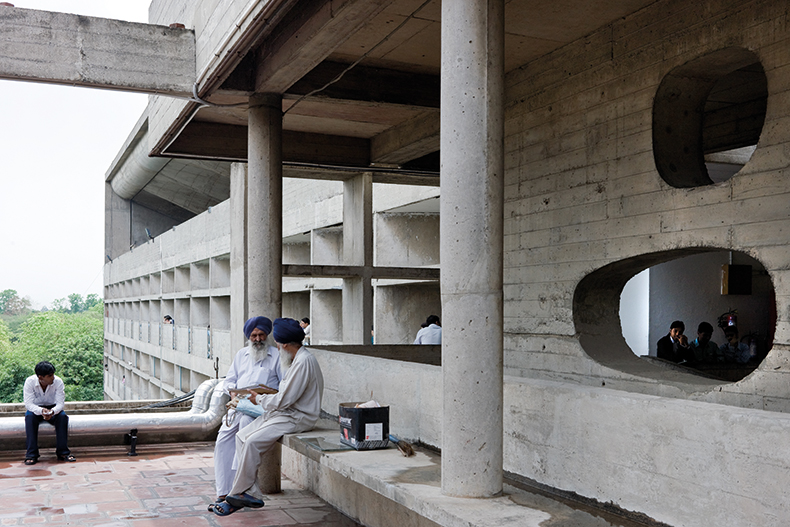
View of the Palace of Assembly, Chandigarh, designed by Le Corbusier and photographed by Iwan Baan for his publication Brasília – Chandigarh: Living with Modernism (Lars Müller, 2010). Photo: © Iwan Baan
These clichés are what make Binet’s candid, even puckish, defence of uncompromising formalism so refreshing. It is unreasonable to make demands of architectural photography that we don’t make of architecture itself. We very rarely approach a building like a 17th-century draughtsman striding towards the big house, front and centre, tailcoats flapping. We consume buildings in corners and fragments, not in single gulps of symmetry, and our eye is drawn to the diamond of light cast by a window across the wall. And, even more fundamentally, a photograph is not a building. ‘There’s no way you can describe everything that belongs to the experience of space,’ Binet tells Richardson. ‘It was clear to me that I was creating photographs that work because they contain their own world and don’t try to capture the architecture in its totality.’
‘Light Lines: The Architectural Photographs of Hélène Binet’ was at the Royal Academy, London, from 23 October–23 January 2022.
From the November 2021 issue of Apollo. Preview and subscribe here.
Unlimited access from just $16 every 3 months
Subscribe to get unlimited and exclusive access to the top art stories, interviews and exhibition reviews.

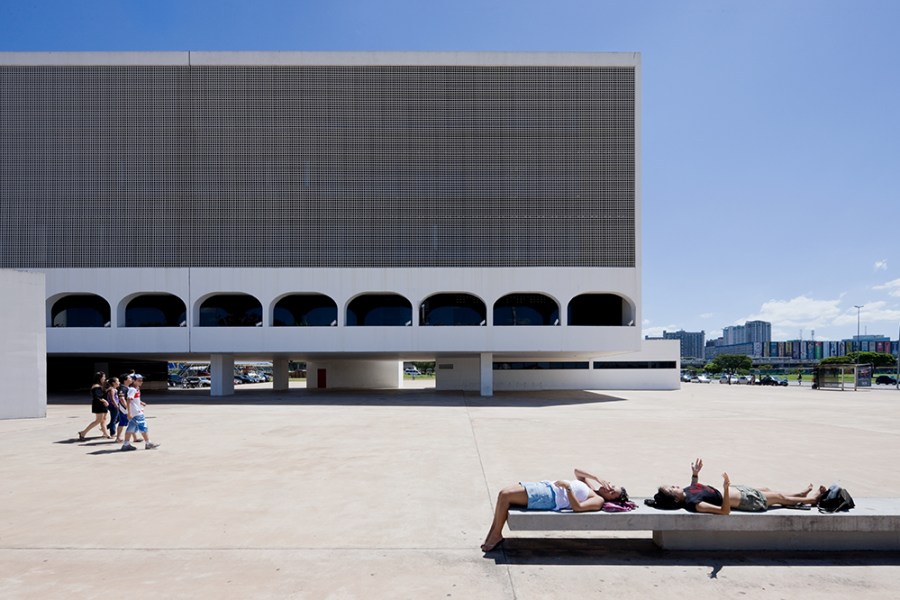

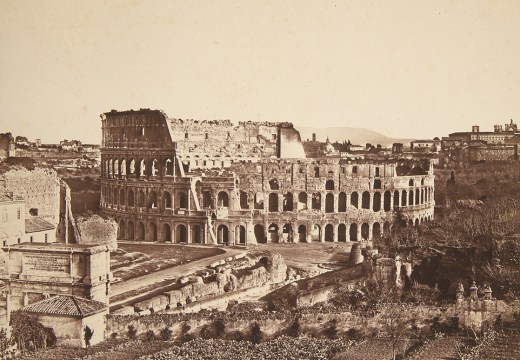
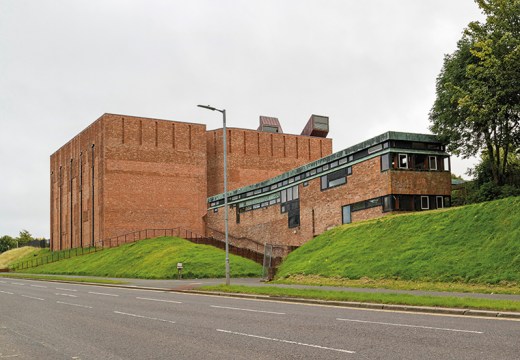









![Masterpiece [Re]discovery 2022. Photo: Ben Fisher Photography, courtesy of Masterpiece London](http://www.apollo-magazine.com/wp-content/uploads/2022/07/MPL2022_4263.jpg)
It’s time for the government of London to return to its rightful home